As the long, grey days of winter approach, do dormant plants leave your garden looking bleak and bare, with you feeling somewhat the same? Now is the time that many succulents shine their brightest! When other plants play dead to survive the winter, some outdoor succulents respond to the environmental stress of winter chill with a brilliant display of color — just when we need it most. For winter interest, succulents are hard to beat in any climate. Certainly, some outdoor succulents in winter go dormant and die back. Others truly die when they get too cold. This is not a list of winter hardy succulents, though many of them are hardy. Instead, this is a list of succulents that light up the garden in winter with colorful foliage.
Succulents for Winter Interest
In this Post We'll Cover:
- Succulents for Winter Interest
- Why Succulents Change Color in Winter
- Sempervivum — Hardy Winter Interest Succulents
- Sedum Angelina — Golden Winter Succulent
- Euphorbia ‘Sticks on Fire’
- Sedum ‘Black Pearl’ — Precious Winter Color
- Kalanchoe lucaie — Flapjacks or Paddle Plant
- Prickly Pear = Winter Interest Succulents
- Flowering Jade for Winter Interest
- Sedum reflexum for Winter Blues
- C. Campfire Lights Up Winter Garden
- Jovibarba By Any Other Name…
{Please note, some links in this post may be affiliate links to sites that pay me a small commission if you click on the link and make a purchase. This commission is at absolutely no cost to you. I only recommend products and companies that I have worked with and truly love! ~Kat}
Why Succulents Change Color in Winter
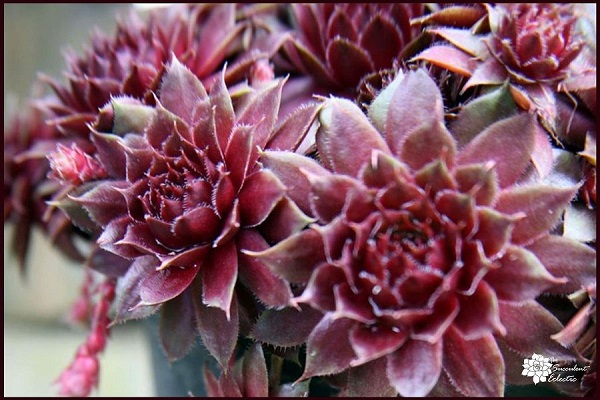
For a better understanding of how stress makes succulents more colorful, I have done a deep dive. For now, let’s agree that the cold of winter is a form of environmental stress that requires a change on the part of the plant. The two main pigments plants develop in response to environmental stress are anthocyaninAnthocyanin (An-tho-SY-an-in) is a blue, red or violet pigme... (blue, violet and red shades) and carotenoidCarotenoid (Kair-AH-ten-oid) is a yellow, red or orange fat-... (yellow, orange and red).
As daylight shortens, and temperatures drop, succulents decrease the amount of green-pigmented chlorophyll they produce for photosynthesisPhotosynthesis (FO-to-SIN-thuh-sis) is the process plants us... More. This makes other pigments in the plant more visible. Further, production of carotenoid and anthocyanin increase, to combat the stress of falling temperatures. Anthocyanin, in particular, acts as a plant antifreeze that protects the water inside plant tissues from turning to ice that would kill the plant. This is why so many cold-hardy succulents flush a brilliant shade of burgundy. The protective anthocyanin is shining through the leaves.
Although some succulents are hardy just to 30 °F ( -1 °C ) and others can take -30 °F ( -34 °C ) those that are colorful in winter all develop this color as the temps drop through 40 °F / -15 °C.
On to the list of colorful outdoor succulents in winter!
Sempervivum — Hardy Winter Interest Succulents
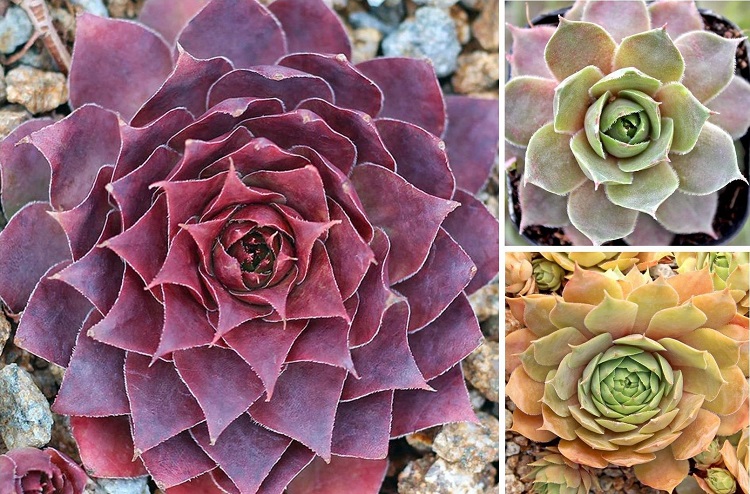
Sempervivum must head any list of winter hardy succulents. But many varieties also put on a fabulous color show with winter. Above is Sempervivum ‘Somerwise’ shown in three different seasons. The pale, opalescent rosette in the upper right is Somerset in spring. As fall approaches, it becomes a lovely peach. Winter chill brings out rich, plum-purple tones for extraordinary winter interest.
Sempervivum ‘Somerwise‘ is hardy to zone 5 (-20 °F / -26 °C), and grows in full to partial sun.
Sedum Angelina — Golden Winter Succulent
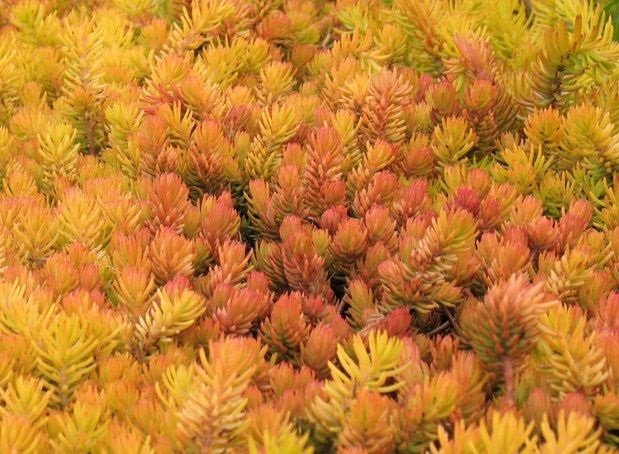
Please note that some sedum are quite cold hardy, but others are tender to frost. Further, some hardy sedum die back in winter. Sedum ‘Angelina’ is a remarkably cold-hardy outdoor succulent, thriving year-round in parts of Alaska! Low-growing, Angelina tops out at just 3-5″ tall. Soft, chartreuse evergreen foliage glows bright gold in fall, developing a rosy-rust color in winter. The leaves look like an evergreen’s needles, but are soft to the touch, without spines.
Sedum ‘Angelina’ is hardy to zone 4 ( -30 °F / -34 °C). Grow it in full sun.
Euphorbia ‘Sticks on Fire’
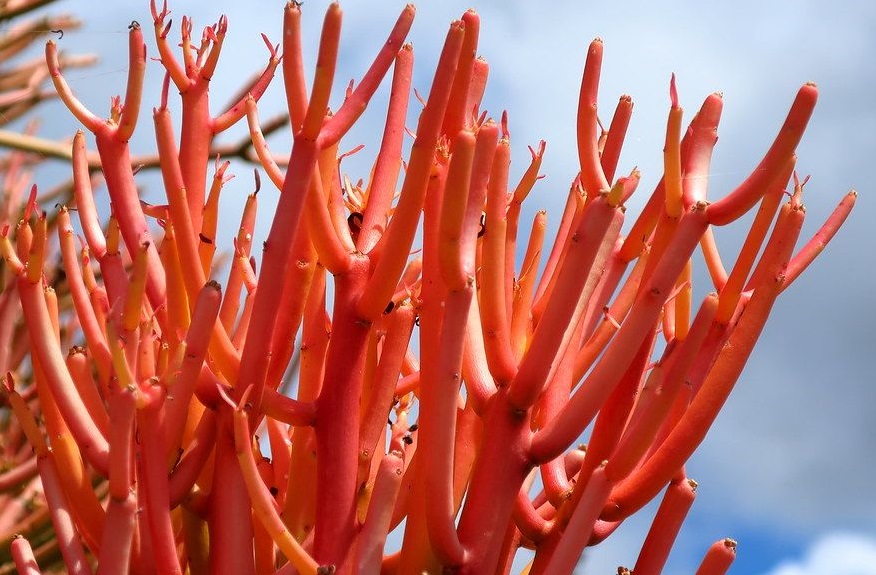
Euphorbia tirucalli ‘Sticks on Fire’ is a striking, tender succulent often grown as a living fence in rural areas of its native East Africa. It will grow a staggering 30 feet tall in the ground in mild winter climates, and serves to control erosion and prevent animals or people from coming through the hedge. In containers, it remains a more manageable size and can be kept just 1 foot tall. A caustic, white sap makes careful handling important for all euphorbia. In full sun, and with winter chill, Euphorbia tirucallis flushes bright gold and scarlet, giving rise to its common name, ‘Sticks on Fire’.
Euphorbia tirucalli ‘Sticks on Fire’ is hardy to zone 10 (30 °F / -1 °C). Grow in full sun for best color year-round.
Sedum ‘Black Pearl’ — Precious Winter Color
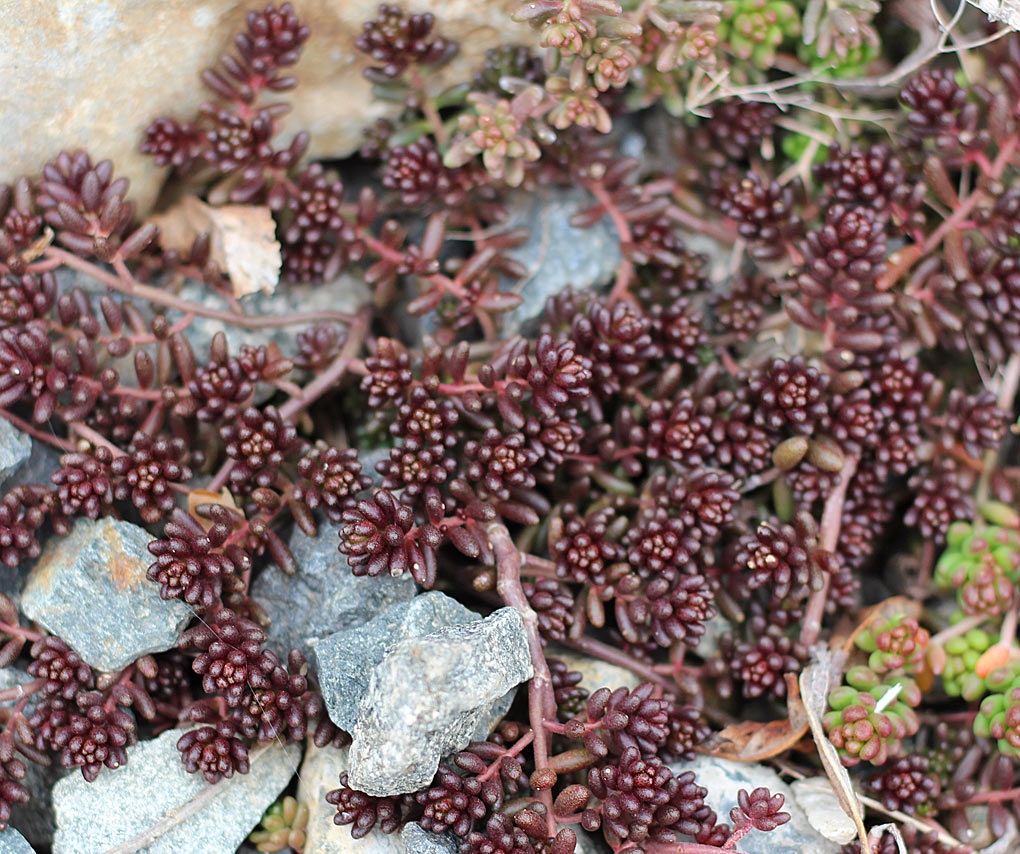
Sedum album ‘Black Pearl’ delivers precious color in the depths of winter. Small, green, jelly-bean-like leaves frame starry, yellow blooms in summer. They develop a coral tone in fall and flush a rich, deep, purple color for winter. Perfect in rock gardens, hanging baskets and as a winter-hardy ground cover, Black Pearl tops out at just 3-5 inches tall.
Sedum album ‘Black Pearl’ is hardy to zone 4 ( -30 °F / -34 °C) and grows best in full sun.
Kalanchoe lucaie — Flapjacks or Paddle Plant
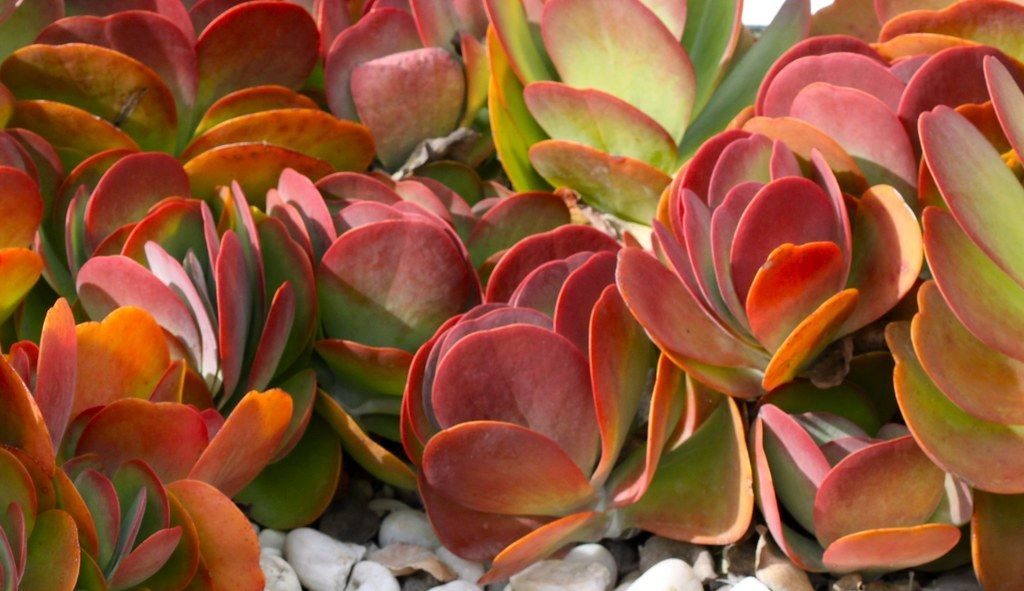
The large, round, flat leaves of Kalanchoe luciae give this plant the common names of Flapjacks and Paddle Plant. Reaching up to 8-inches across, these leaves are green in spring, especially if the plant is grown in partial shade. In full sun, Kalanchoe lucaie responds to bright light, summer’s heat and the cold of winter with vivid red margins that may extend throughout most of the leaf.
Kalanchoe luciae is hardy to zone 9 ( 20°F / -6 °C). Best grown in full sun.
Prickly Pear = Winter Interest Succulents
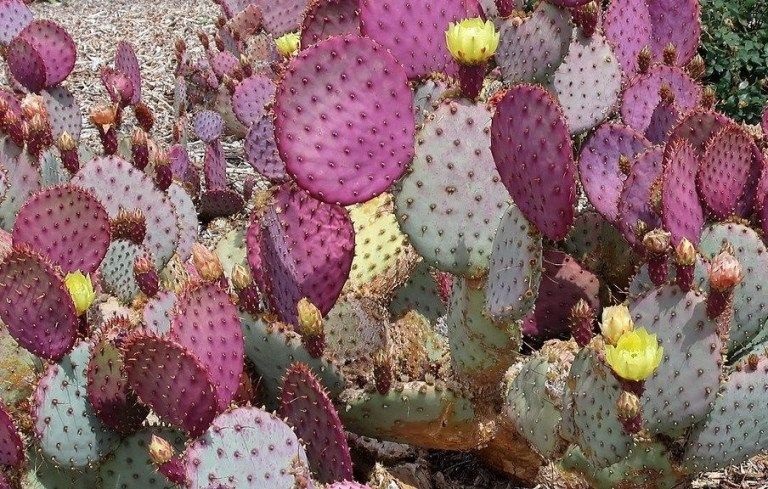
Winter interest succulents are determined based on colorful foliage or because they add intriguing shapes to the winter garden. Opuntia do both. Known as prickly pear cactus, these cactus are impressively cold hardy and lend a whimsical touch to the garden. This variety, Opuntia ‘Pinta Rita’, has a stunning response to stress, flushing a vivid, rich purple in the cold of winter. Growing to 12 feet tall, ‘Pinta Rita’ produces lemon yellow blooms spring through fall, followed by red, edible fruit.
Opuntia ‘Pinta Rita’ is hardy to zone 5, (-20 °F / -26 °C) and grows best in full sun.
Flowering Jade for Winter Interest
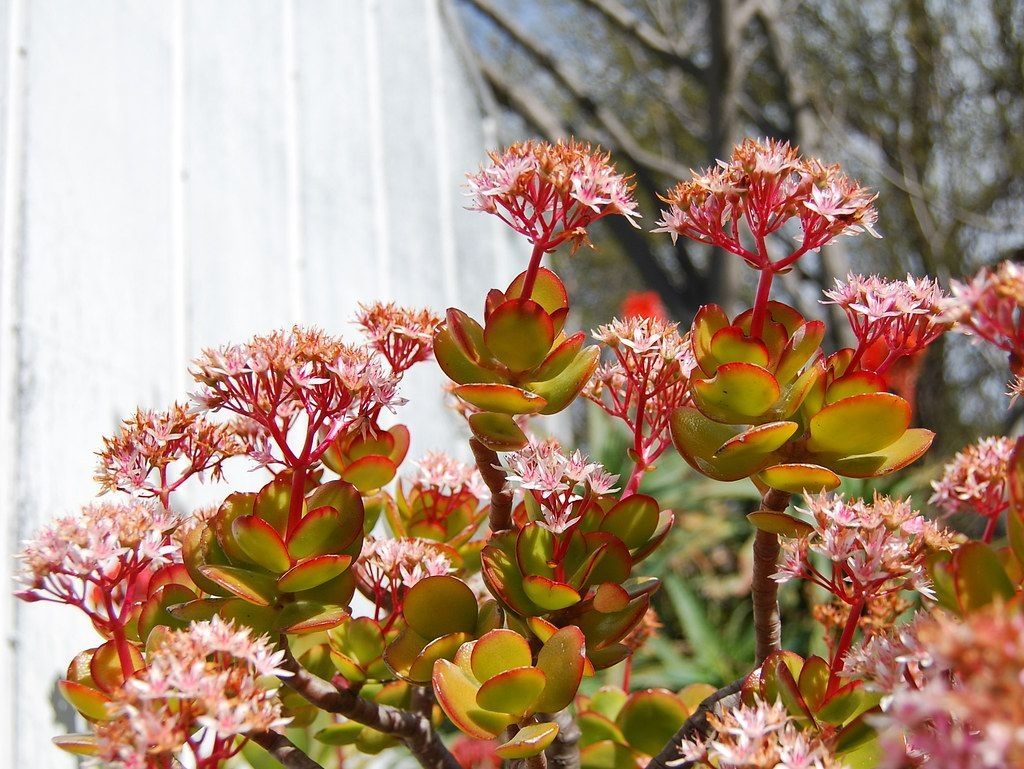
The classic jade plant, Crassula ovata thrives indoors or out and can be grown in any lighting from shade to full sun. When grown outdoors, jade plants will bloom in winter. Crassula ovata ‘Hummel’s Sunset’ displays bright, golden yellow markings on the leaves year round when grown in full sun. Come winter, the leaves produce vivid red margins, and the flower stems are scarlet. A lovely outdoor succulent in mild winter climates, jade plants can grow into a 3-foot shrub when grown in the ground, but stay smaller in containers.
Crassula ovata ‘Hummel’s Sunset’ is hardy to 10 (30 °F / -1 °C). Grow in ful sun for best color development.
Sedum reflexum for Winter Blues
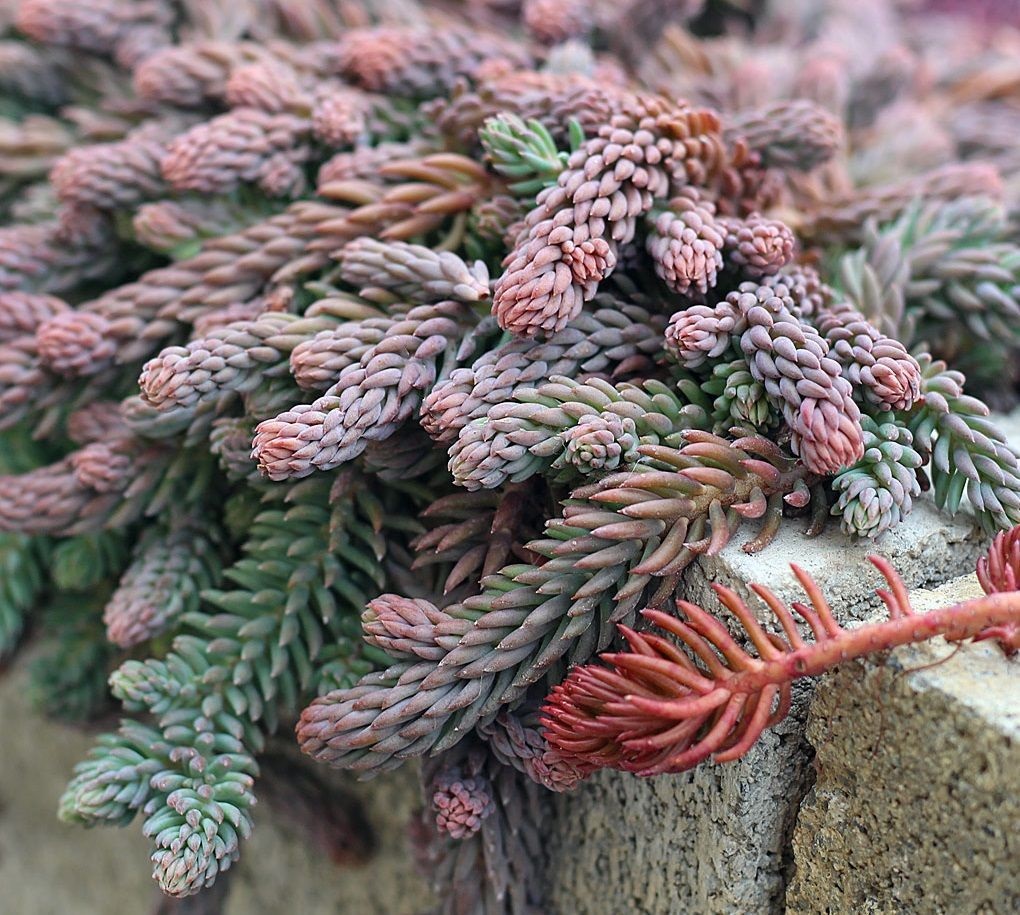
Banish winter blues with Sedum reflexum ‘Blue Spruce’. Another winter-hardy ground cover, ‘Blue Spruce’ has silvery blue, needle-like foliage spring-fall. With winter chill, a rosy, salmon colored blush develops as anthocyanin protects the leaves from below freezing temps. This robust little plant grows just 3-5 inches tall, and is perfect for rock gardens and planters.
Sedum reflexum ‘Blue Spruce’ is hardy to zone 4 ( -30 °F / -34 °C) and thrives in full sun.
C. Campfire Lights Up Winter Garden
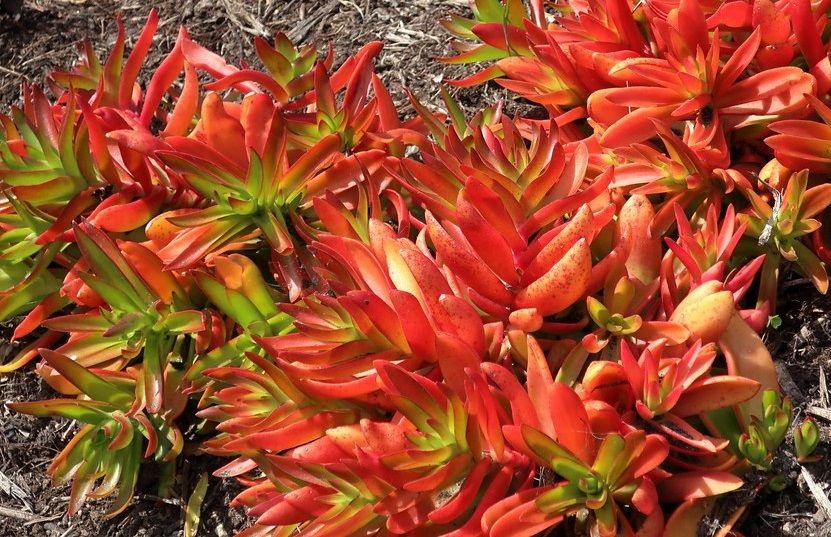
Crassula capitella ‘Campfire’ is a soft succulent that burns bright red in response to environmental stress like full sun, heat and winter chill. A fast grower, ‘Campfire’ does best in full sun so it remains compact at about 12 inches tall. Easy to grow and quick to propagate, this is a great succulent for beginners.In addition to vivid coloring, ‘Campfire’ adds hundreds of tiny white blooms for winter interest in the garden.
Crassula capitella ‘Campfire’ is hardy to zone 10 (30 °F / -1 °C) and performs best grown in full sun.
Jovibarba By Any Other Name…
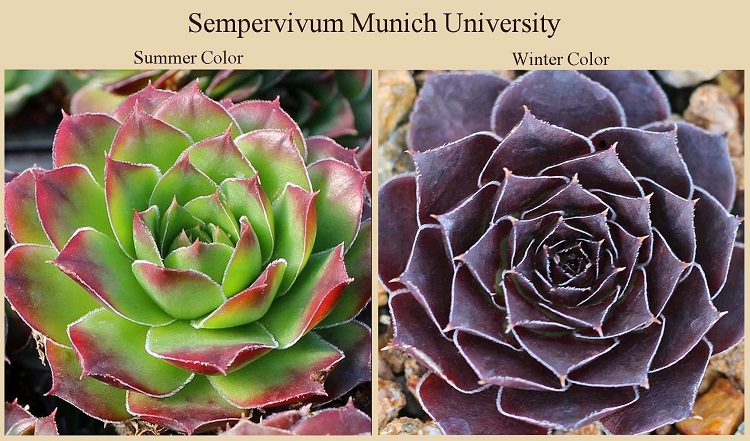
Surely it could be said that a Jovibarba by any other name would be as cold-hardy, colorful and lovely. All Jovibarba, now re-classified Sempervivum heufellii, are cold-hardy, rosette forming winter succulents that are particularly colorful. Here, Sempervivum heufellii ‘Munich University’ is a lovely, apple-green rosette in summer with rosy pink margins. Come winter, it develops a purple color so dark it is nearly black. So easy to grow!
Sempervivum heufellii ‘Munich University’ is hardy to zone 4 ( -30 °F / -34 °C) and grows best in full sun.
Don’t let the cold and grey of winter get you down. There is a world of living color out there for you to enjoy in any climate with winter succulents!
Because life is just better with succulents!
P.S. For more succulent information and care, please subscribe to The Succulent Eclectic! I’ll send you my FREE e-course 7 Steps to Succulent Success!
P.P.S. Why not join my Facebook Group for succulent lovers? We talk about succulent care, propagation, succulent identification, and design. It’s a warm and welcoming group that would love to meet you!
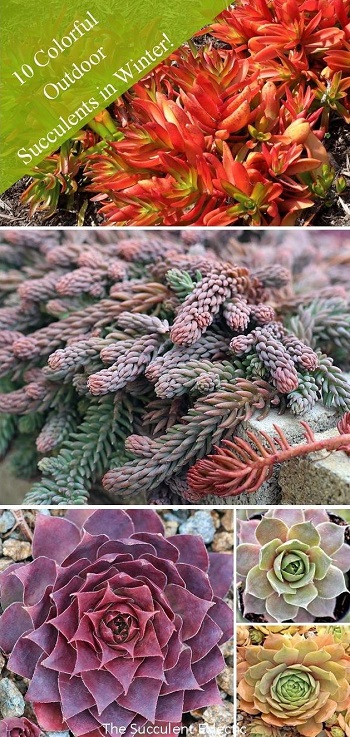
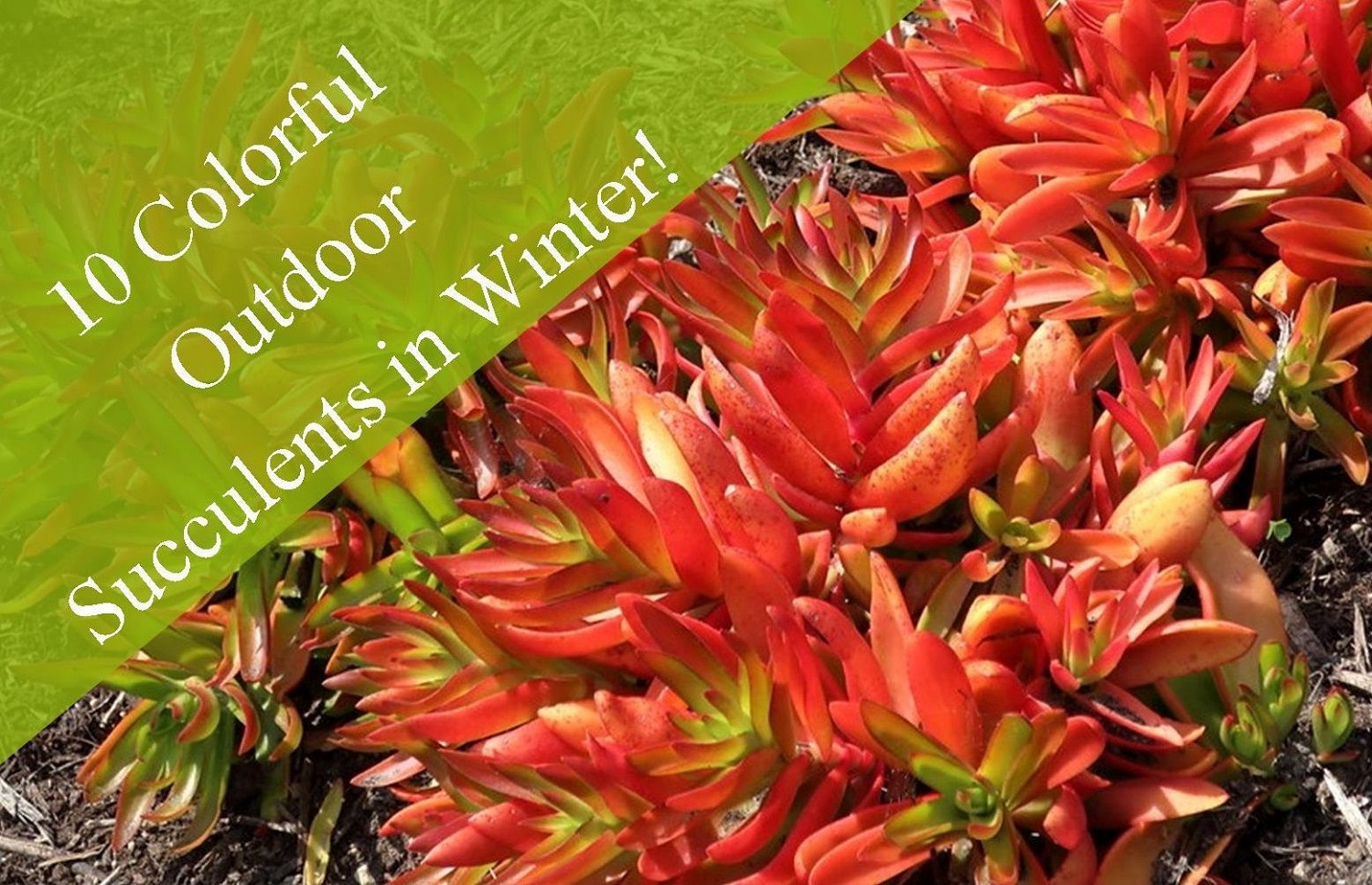
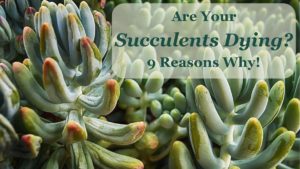
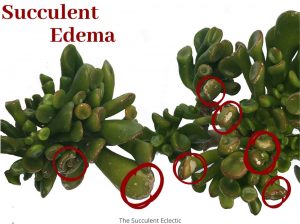

ARe fire sticks poisonous?
Hi Mary Lee,
Yes! Euphorbia tirucalli ‘Firesticks’ have a highly toxic white sap than can badly irritate your skin or even cause severe burns to the delicate tissues of your lips, tongue, and mouth. Always handle ALL Euphorbia with care – they all have the same toxic sap.
~Kat